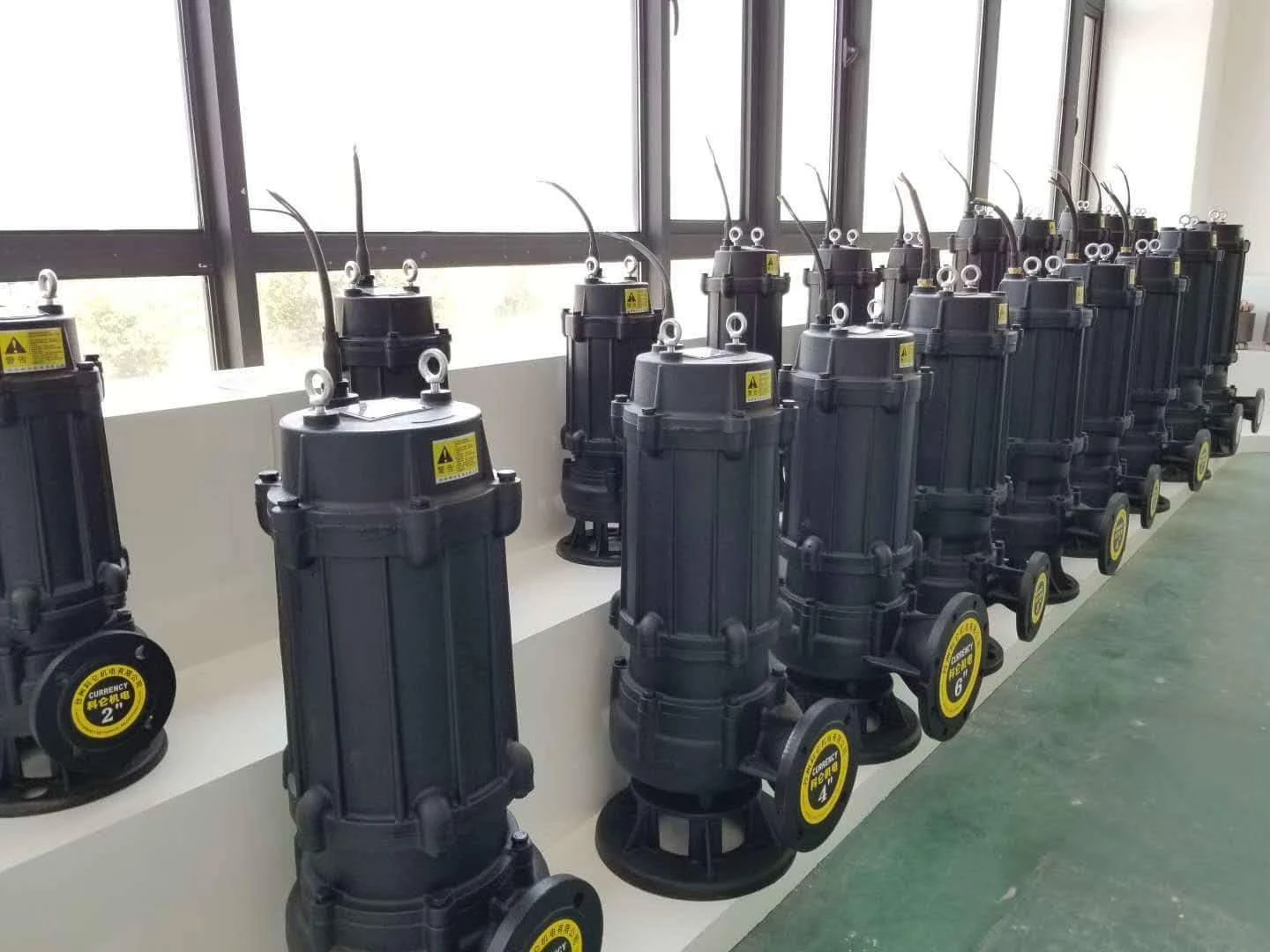Haitian Creole
- Afrikaans
- Albanian
- Amharic
- Arabic
- Armenian
- Azerbaijani
- Basque
- Belarusian
- Bengali
- Bosnian
- Bulgarian
- Catalan
- Cebuano
- Corsican
- Croatian
- Czech
- Danish
- Dutch
- English
- Esperanto
- Estonian
- Finnish
- French
- Frisian
- Galician
- Georgian
- German
- Greek
- Gujarati
- Haitian Creole
- hausa
- hawaiian
- Hebrew
- Hindi
- Miao
- Hungarian
- Icelandic
- igbo
- Indonesian
- irish
- Italian
- Japanese
- Javanese
- Kannada
- kazakh
- Khmer
- Rwandese
- Korean
- Kurdish
- Kyrgyz
- Lao
- Latin
- Latvian
- Lithuanian
- Luxembourgish
- Macedonian
- Malgashi
- Malay
- Malayalam
- Maltese
- Maori
- Marathi
- Mongolian
- Myanmar
- Nepali
- Norwegian
- Norwegian
- Occitan
- Pashto
- Persian
- Polish
- Portuguese
- Punjabi
- Romanian
- Russian
- Samoan
- Scottish Gaelic
- Serbian
- Sesotho
- Shona
- Sindhi
- Sinhala
- Slovak
- Slovenian
- Somali
- Spanish
- Sundanese
- Swahili
- Swedish
- Tagalog
- Tajik
- Tamil
- Tatar
- Telugu
- Thai
- Turkish
- Turkmen
- Ukrainian
- Urdu
- Uighur
- Uzbek
- Vietnamese
- Welsh
- Bantu
- Yiddish
- Yoruba
- Zulu
Telephone: +86 13120555503
Email: frank@cypump.com
Nov . 04, 2024 17:00 Back to list
Choosing the Right Sewer Sump Pump for Your Home Needs
Understanding Sewer Sump Pumps A Vital Component of Wastewater Management
Sewer sump pumps play an essential role in maintaining the integrity of residential and commercial drainage systems. These pumps are specifically designed to remove excess water and sewage from underground pits, known as sumps, helping to prevent flooding and potential water damage. Understanding the functioning, importance, and maintenance of sewer sump pumps can equip property owners with the knowledge needed to safeguard their properties.
What is a Sewer Sump Pump?
A sewer sump pump is an automatic pumping device installed in a sump pit below the ground level, typically within basements or crawl spaces. This pump is triggered when the water level in the sump pit rises to a certain point. When activated, the pump shifts the wastewater to a designated discharge point, such as a sewer line or a drainage field, effectively preventing water accumulation and the associated risks.
Importance of Sewer Sump Pumps
The primary function of a sewer sump pump is to maintain drainage systems and avert potential problems linked to excess wastewater
. Here are some reasons why these pumps are crucial1. Flood Prevention Heavy rainfall or rapid snowmelt can lead to an overwhelming influx of water in basements. Sump pumps can quickly evacuate water, ensuring that spaces remain dry and minimizing the risk of flood damage.
2. Sanitation By managing wastewater effectively, sewer sump pumps help in maintaining sanitary conditions. They minimize the potential for mold growth, unpleasant odors, and pest infestations that often occur in damp environments.
3. Property Protection Water damage can lead to extensive repairs and reduce property values. Installing a sump pump system safeguards investments by preventing damage related to flooding and water-related issues.
4. System Efficiency Sump pumps contribute to the overall efficiency of plumbing systems. They assist in ensuring that wastewater is expelled promptly, thus reducing the likelihood of backups in drains and toilets.
Types of Sewer Sump Pumps
Sump pumps are available in a variety of types, with the two primary categories being pedestal and submersible pumps.
sewer sump pump

- Pedestal Pumps These are installed above the sump pit, featuring a long shaft that connects to a sump basin. They tend to be more accessible for maintenance and repairs, but they can be noisier than their submersible counterparts.
- Submersible Pumps These pumps are placed directly in the sump pit. They operate quietly and are generally more efficient. However, they may require more diligent maintenance because their submerged nature can lead to corrosion over time.
Maintenance of Sewer Sump Pumps
To ensure optimal performance and longevity of sewer sump pumps, regular maintenance is vital. Here are some essential maintenance tips
1. Regular Inspection Check the pump periodically for any signs of wear or damage. Inspect hoses and electrical connections for leaks or fraying.
2. Test the Pump Conduct routine tests by pouring water into the sump pit to ensure the pump activates and pumps out water efficiently.
3. Clean the Sump Pit Remove any debris or sediment that might accumulate in the sump pit to prevent clogging and ensure proper functioning.
4. Check the Float Switch The float switch is a critical component that triggers the pump. Ensure it moves freely and is not obstructed.
5. Backup Power Consider investing in a battery backup system. During power outages, especially during storms, a backup power supply can ensure that the pump continues to operate.
Conclusion
In conclusion, sewer sump pumps are a pivotal element in safeguarding homes and businesses from potential flooding and water damage. Understanding how these pumps work, why they are important, and how to maintain them can empower property owners to protect their investments effectively. With proper care and vigilance, sewer sump pumps can provide reliable service, ensuring a clean and dry environment for years to come.
-
ISG Series Vertical Pipeline Pump - Chi Yuan Pumps Co., LTD.|Advanced Hydraulic Design&Energy-Efficient Solutions
NewsJul.30,2025
-
ISG Series Vertical Pipeline Pump - Chi Yuan Pumps Co., LTD.
NewsJul.30,2025
-
ISG Series Vertical Pipeline Pump - Chi Yuan Pumps Co., LTD.|energy-efficient fluid handling&industrial durability
NewsJul.30,2025
-
ISG Series Vertical Pipeline Pump - Chi Yuan Pumps | Advanced Engineering&Industrial Efficiency
NewsJul.30,2025
-
ISG Series Pipeline Pump - Chi Yuan Pumps | High Efficiency, Energy Saving
NewsJul.30,2025
-
ISG Series Vertical Pipeline Pump-Chi Yuan Pumps|High Efficiency&Reliable Performance
NewsJul.29,2025










